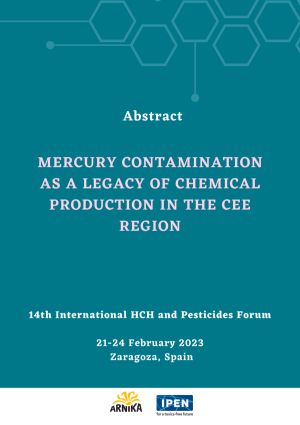The Minamata Convention was adopted in 2013 to protect the environment and human health from mercury. Mercury has been known as a pollutant for decades, and the effects on human health associated with its presence in the environment are well known. This toxic metal bioaccumulates particularly in aquatic environments, and through the food chain and, especially through fish and seafood, enters the human body. Even before the Minamata Convention, a threshold by WHO (0.5 mg/kg wet weight) for mercury concentrations in fish was established which should not be exceeded for human consumption.
The results of our study show that this concentration is commonly exceeded in fish from the vicinity of former and operating factories using mercury in various processes, chlor-alkali plants in particular. Fish from these areas poses a serious health risk. It also shows that the mercury problem is of global concern due to its transportation from hotspots to distance of tens of kilometres in aquatic environment. Remediation of these sites is also complicated due to the presence of other contaminants such as e.g. POPs.







